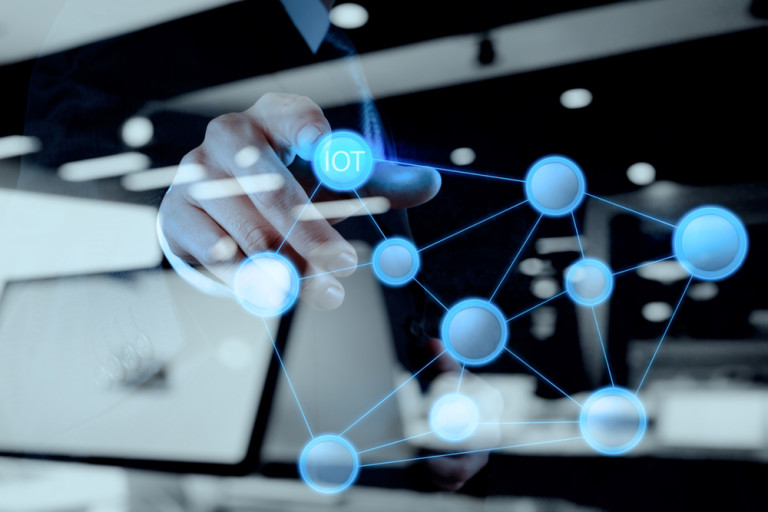24x7x365 Support No. 011 - 40848888 (Except National Holidays)
24x7x365 Support No. 011 - 40848888 (Except National Holidays)

Posted On: May 18, 2016
/Categorized In: Biometric News & Updates
/Written By: Starlink
Anything that can be connected, will be connected. That’s what we can expect from the Internet of Things.
The IoT has the potential to redefine the way we use and secure devices and systems in the consumer, enterprise, and manufacturing worlds. It represents machine-to-machine and machine-to-sensor communication and the ability of these machines to gather data and leverage its use. As such the Internet of Things is emerging as an adoptive concept for both consumers and businesses.
The Internet of Things will deliver additional integrated security layer by connecting various net workable devices. Enhanced security and improved user experiences are just two examples of how integrated security will be beneficial. When integrated, systems like physical access control, and intrusion alarms will add extra layers of security as these systems will communicate with each other.
Today the two most common methods of proving user authenticity are single-factor passwords or PINs and multi-factor authentication using a password or PIN combined with a second layer of authenticity like a card.
A password or PIN alone as single-layer authentication is riskiest since passwords and PINs can easily be shared, lost, forgotten, hacked, or stolen and it is the only layer of authentication that is required.
Two-factor or multi-factor authentication is a popular method, but when used with a password/PIN/card can cause friction at the user level. This is because passwords/PINs/cards are easily forgotten, shared or stolen… Which is really a testament to the fact that the guaranteed security of usernames and passwords is prevented by the human need for ease and convenience.
Biometrics emerged as a new way of granting physical access securely and conveniently whether via single-factor or multi-factor. The biggest differentiator between a biometric and other authentication method is that it is the only way to truly verify the identity of the individual because that biometric is 100% unique to that individual. No two people share the same biometrics so they can’t be shared or forgotten which makes it an ideal method for user authentication in terms of both security and convenience. Many consider single-factor biometric still not to be enough because of insecure biometric technology at the industry’s origin an issue we have addressed in a previous post. While there are still concerns over the adoption of biometrics as a form of secure authentication for everyday life, adoption will no doubt become much more common.
As the Internet of Things continues to evolve so will the mainstream use of biometrics. Biometric authentication offers the ease and convenience users want and the verification enterprises and manufacturers require for IoT because it is able to verify the true identity of the user of the application. From smart homes, to the automotive industry, banking, and healthcare, there will be endless applications in various industries in which biometrics will be integrated. Wherever identification and confirmation is needed, IoT will play a role and enterprises and consumers both must be ready to embrace change.
Checkout our other products:
